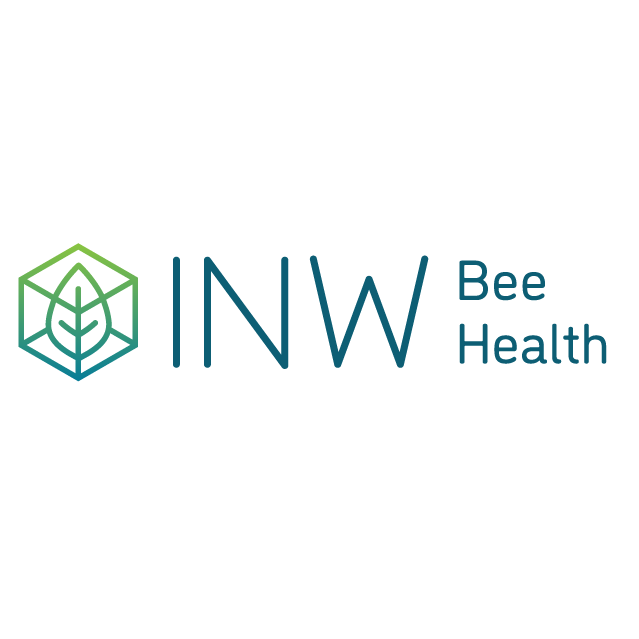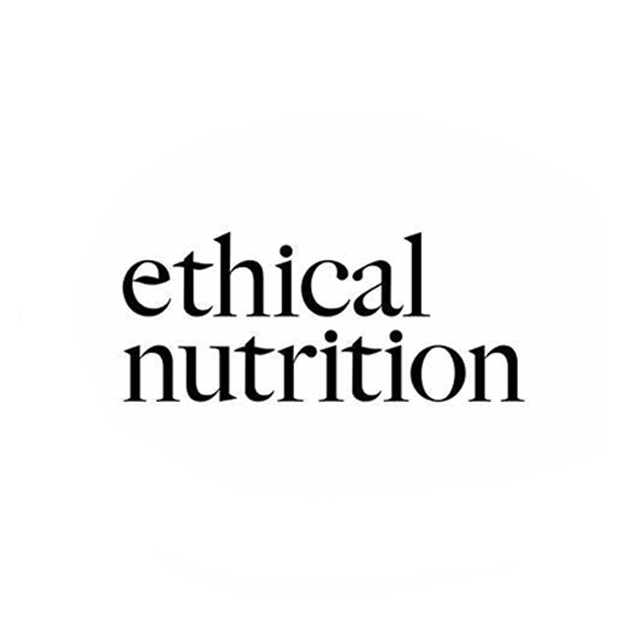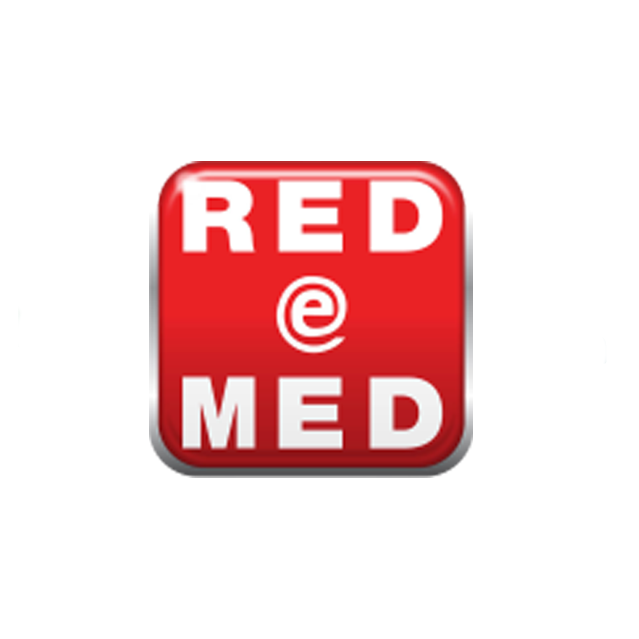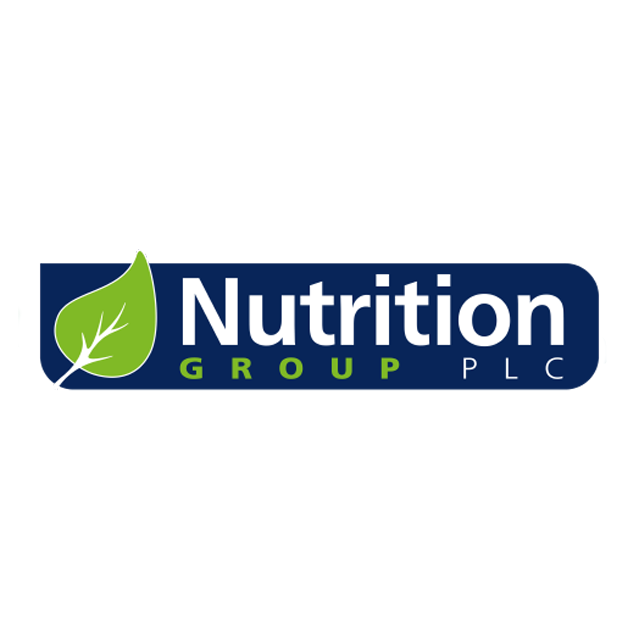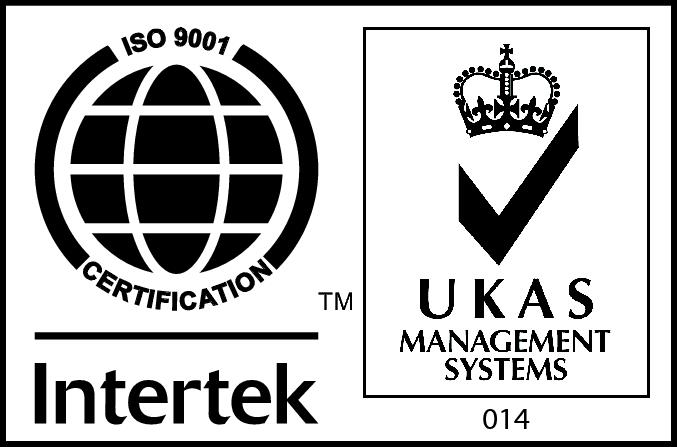Rubicon Bridge recently participated in the Nutraceutical Business Review Roundtables: Sports & Active Nutrition event, where we shared crucial regulatory insights alongside industry experts from medicines manufacturer Lonza, and speciality ingredients manufacturer Sensient.
The webinar brought together leading voices in performance nutrition to explore the latest trends, innovations and challenges shaping the industry. Our Business Development Director Lee Gray and Regulatory Transformation Director Daniel Hibbitt represented Rubicon Bridge, focusing on the regulatory realities behind some of today’s most trending ingredients.
“Regulations aren’t always the first thing on people’s minds when they’re looking to develop a product,” said Lee Gray during the session. “We’re here to say it probably should be, if not the first, then certainly the second consideration, before you get too far down the line in terms of investing in packaging and batches.”
The regulatory reality of trending ingredients
Our discussion centred on three ingredients that are dominating social media feeds and influencer conversations – each of them presenting unique regulatory challenges for brands looking to enter European markets.
Creatine
Despite being discovered in 1832 and first marketed in 1993, creatine continues to trend as it shifts from traditional bodybuilding applications into mainstream endurance and health markets. From a regulatory perspective, creatine offers one of the clearest pathways for brands.
“Creatine is interesting from a claims perspective because it’s one of the few ingredients commonly found in sports products that you can actually make sports-related claims for,” explained Daniel Hibbitt.
The ingredient has two authorised health claims in Europe:
- Creatine increases physical performance in successive bursts of short-term, high-intensity exercise
- Daily creatine consumption can enhance the effect of resistance training on muscle strength in adults over the age of 55
Both claims require 3 grams of creatine in the product, which conveniently aligns with the maximum permitted levels set by most European countries. However, brands must be careful about ingredient forms – while creatine monohydrate and creatine citrate are acceptable, forms like creatine malate are classified as novel foods in Europe and cannot be used.
Ashwagandha
This traditional Indian medicine ingredient has exploded across social media as an adaptogen for stress resilience, but its regulatory status is increasingly uncertain across Europe.
“Ashwagandha is really in flux from a regulatory perspective,” noted Daniel. “There have been investigations by different authorities, and it’s actually led to a recommendation for its safety to be reviewed at a European level.”
The challenges are significant:
- Denmark has essentially banned Ashwagandha following safety concerns.
- Estonia classifies it as a medicinal ingredient.
- A European-wide safety review is underway.
While there are around 10 “on hold” health claims available, these require careful substantiation and expert guidance to use safely.
Tongkat ali
Despite its popularity following endorsements from influential podcasters, Tongkat ali presents the most straightforward regulatory position – it cannot be used in European food supplements.
“Tongkat ali is probably the most clear-cut of the ingredients we’re talking about,” said Daniel. “It’s been subject to a novel food consultation and concluded to be a novel food that remains unapproved.”
Following a 2021 safety assessment, authorities concluded that Tongkat ali has the potential to induce DNA damage, particularly in stomach and intestinal tissues, making it unsuitable for consumption.
Why regulatory strategy matters
Our participation in the NBR Roundtables webinar reinforced a crucial message for brands in the sports and active nutrition space: regulatory compliance isn’t just about avoiding problems – it’s about creating opportunities for sustainable growth.
The contrast between these three trending ingredients perfectly illustrates why regulatory strategy should be embedded in product development from the earliest stages. While creatine offers a clear pathway to market with substantiated claims, Ashwagandha requires careful navigation of an evolving landscape, and Tongkat ali simply cannot be used in European markets.
The sports and active nutrition market continues to evolve rapidly, driven by social media trends, influencer endorsements, and emerging research. However, as the webinar highlighted, regulatory compliance remains the foundation upon which successful brands are built.
At Rubicon Bridge, we’re committed to helping brands navigate these complex regulatory landscapes with confidence. Our expertise ensures that businesses can capitalise on trending ingredients where appropriate, while avoiding costly mistakes that could derail product launches.
The NBR Roundtables event was an excellent opportunity to share our regulatory insights alongside industry leaders and connect with brands facing these everyday challenges. We look forward to continuing these important conversations and supporting more businesses in achieving regulatory compliance with confidence and ease.
Want to learn more about how Rubicon Bridge can help navigate the regulatory requirements for your sports and active nutrition products? Contact us today!

